Winter composting hacks – 5 easy shortcuts to create organic matter in time for spring
Don't let the dropping temperatures stop your heap being productive this season
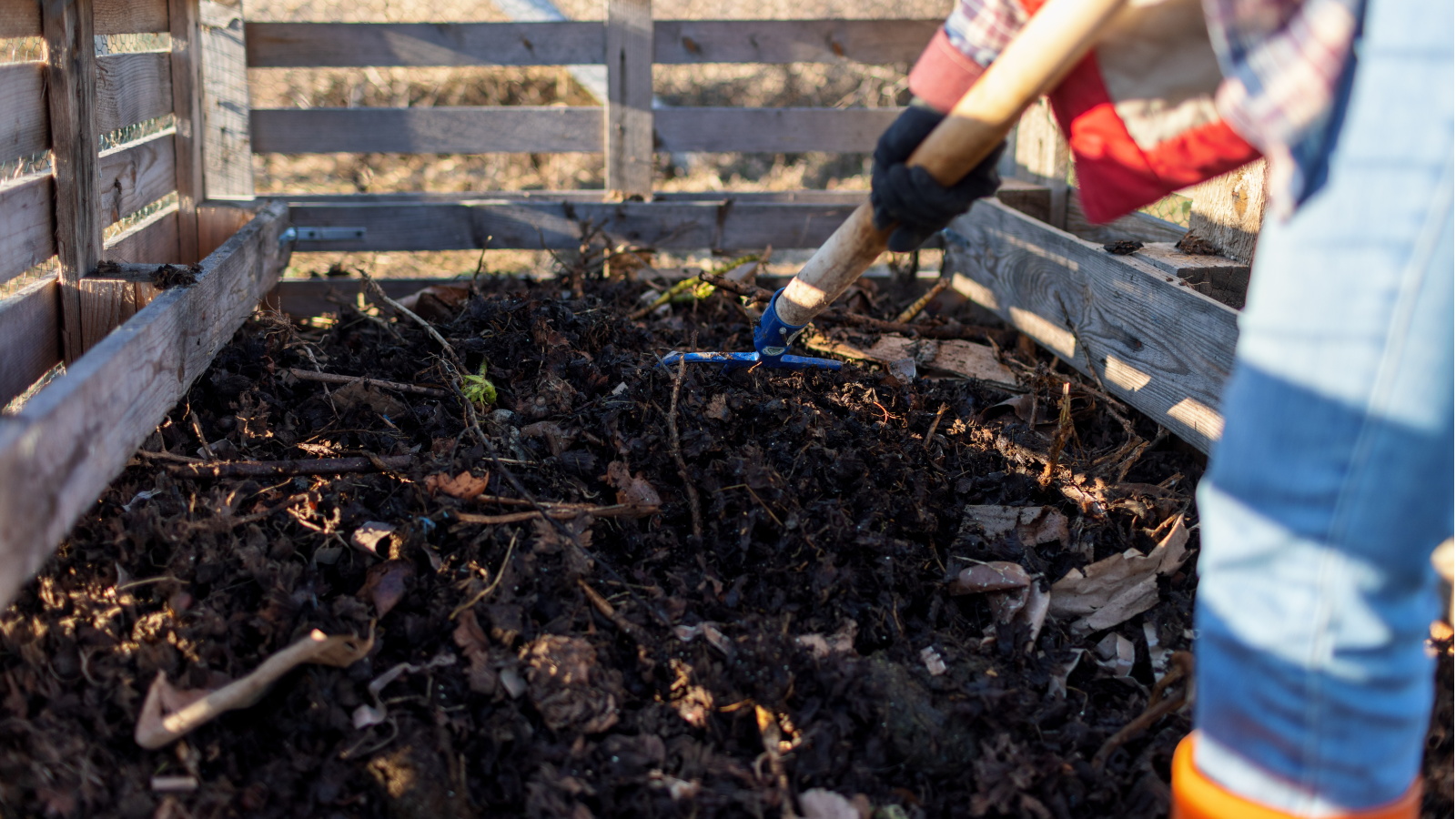

The cold weather can put us off spending time in our backyards, but it's important not to fall behind on essential garden tasks during the winter season. Compost, for example, needs to be maintained so you have sufficient material to work with by the time spring comes around.
If you haven't already looked into how to maintain compost over winter, there are a few things you need to do to ensure your heap stays productive in colder weather. Warmth is a requirement for successful composting because it stimulates the microbes that break down your materials. That's why you should take action to stop compost freezing in winter and keep your composting active. However, this can be much easier said than done.
Luckily, we've got a handful of winter composting hacks for your to try that will provide shortcuts and keep your composting moving during the harsher season.
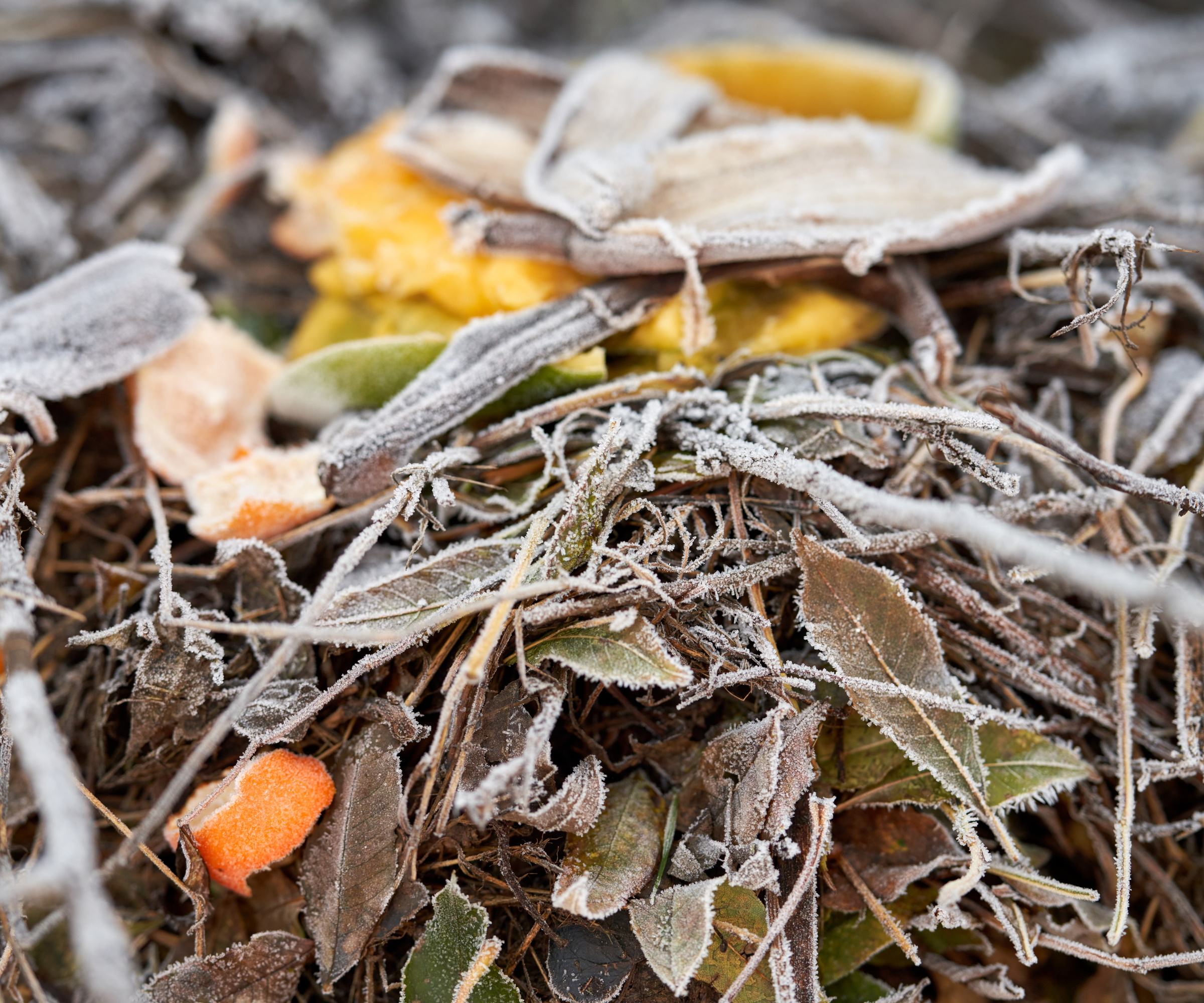
5 winter composting hacks
Winter in the garden brings a range of challenges to composting, but these winter composting hacks will help speed up composting in cold conditions.
1. Use an electric composter to chop up materials
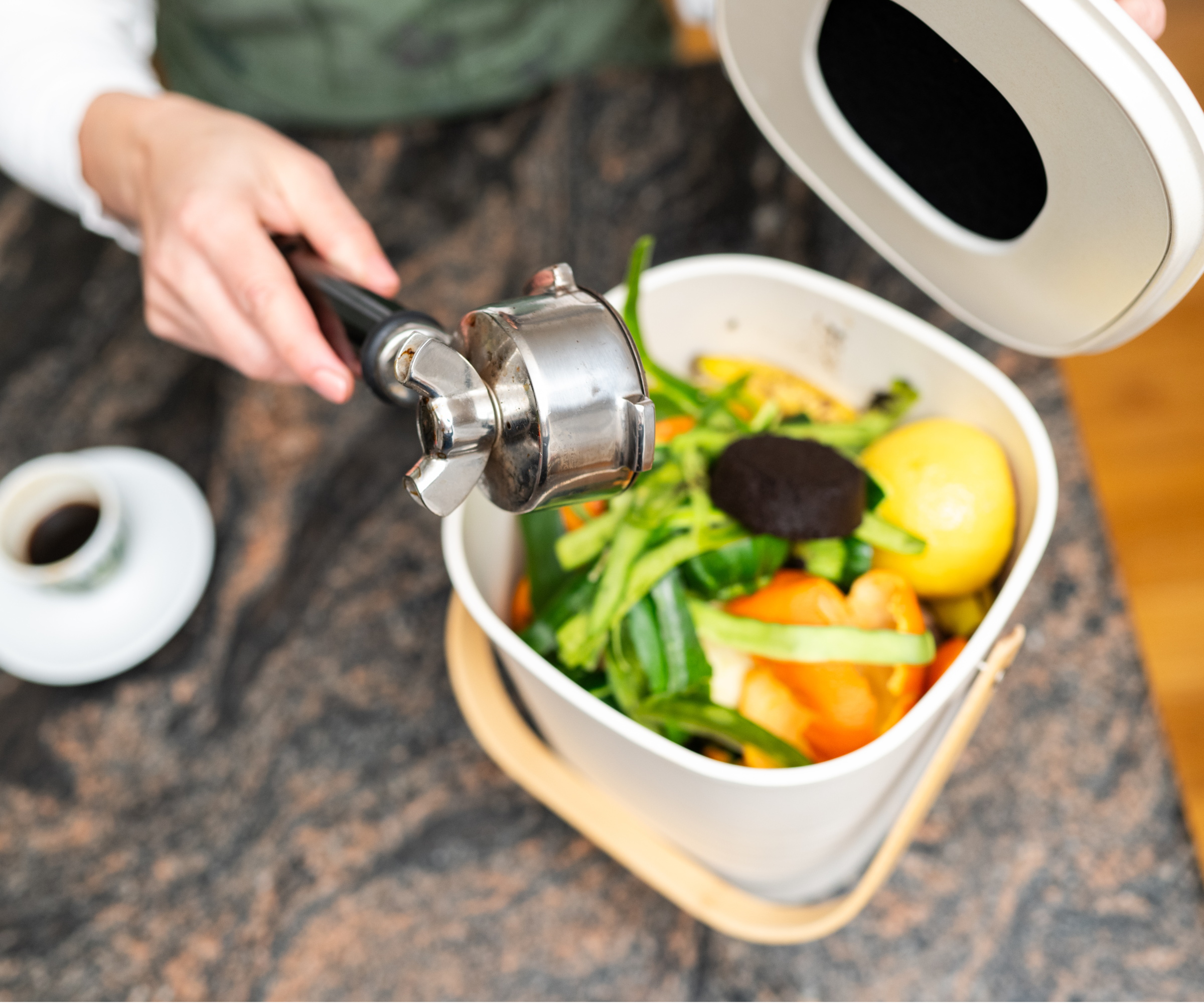
If you want things to break down more quickly in your compost bin, it's best to make your materials as small as possible. This exposes a larger surface area to microbes, making the decomposition process faster. This is especially beneficial in winter when the cold temperatures slow things down.
So, our first winter composting hack is to use an electric kitchen composter to cut up your food scrap materials - like this electric composter from Amazon.
'They break down food waste by drying and grinding it, producing a pre-compost material that still requires traditional composting to become nutrient-rich compost,' explains Lauren Click, founder of Let's Go Compost.
Design expertise in your inbox – from inspiring decorating ideas and beautiful celebrity homes to practical gardening advice and shopping round-ups.
'You should use the output as a nitrogen-rich 'green' material and add it to your outdoor compost bin or pile,' Lauren explains. Avoid composting mistakes by also ensuring to mix in carbon-rich 'brown' materials with it.
'Also don't assume the material is safe for direct application to soil as it may still contain partially decomposed food and salts. This can be toxic for plants and animals,' Lauren warns.

Lauren is the founder of Let's Go Compost, a 501(c)(3) non-profit with a mission to make composting free and accessible throughout the United States. Lauren works both in the dirt (literally) with public schools and community gardens, while also remaining focused on the big picture - working with large organizations and policymakers to ensure composting accessibility and affordability are kept front of mind as infrastructure is developed.
2. Insulate your compost bin
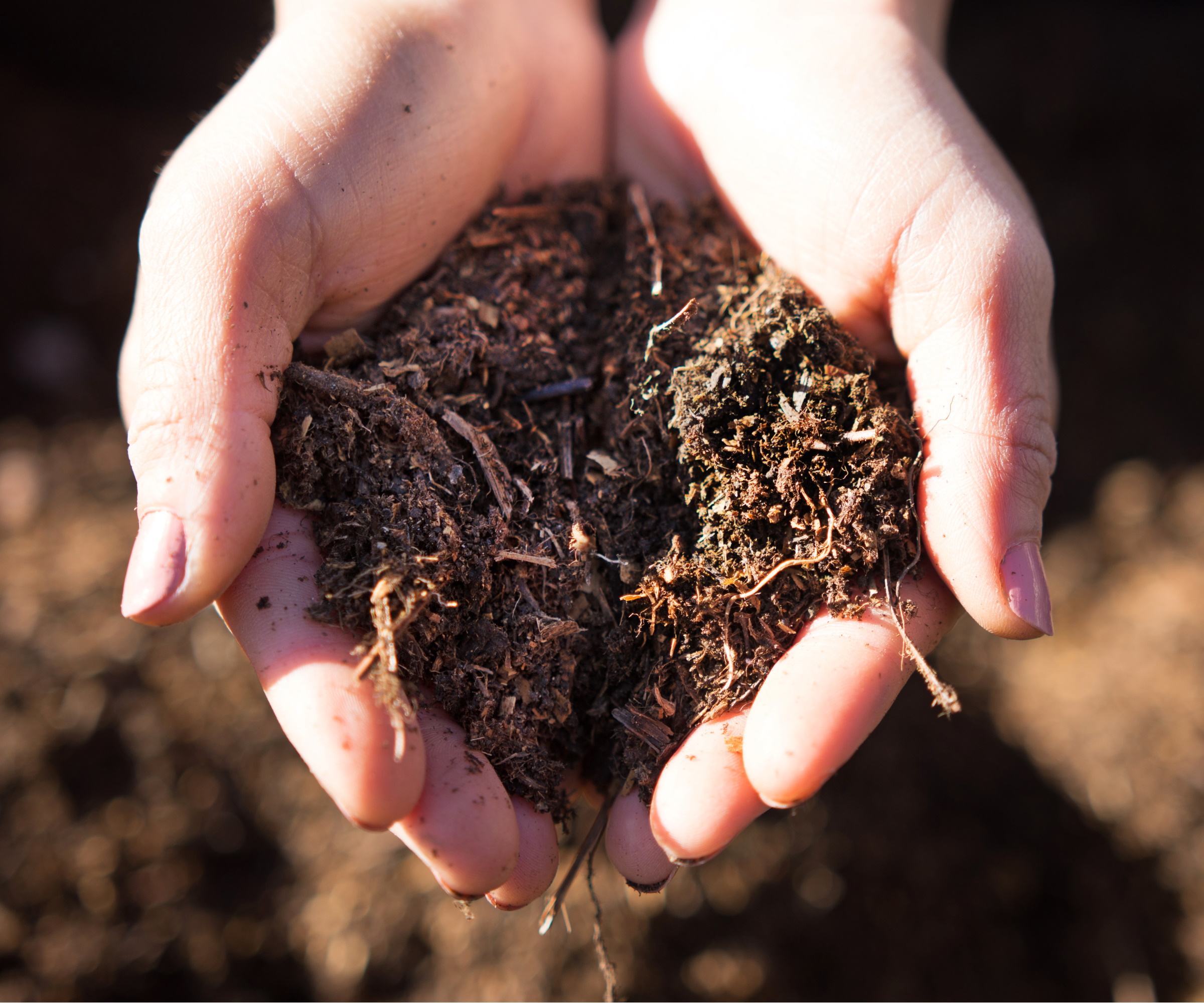
This is an essential to stop compost freezing, but insulation will also help retain heat to keep the compost heap productive. There are lots of ways to do this.
'Use straw bales, old blankets, or compost bin insulation kits to retain heat,' advises Lauren.
You can also use this cardboard from Amazon to insulate the walls and a tarp (from Walmart) to keep your bin covered.
Just take care to ensure there is still some airflow. This will stop your compost smelling bad and regulate temperatures so your heap doesn't dry out entirely.
3. Add worms to your compost
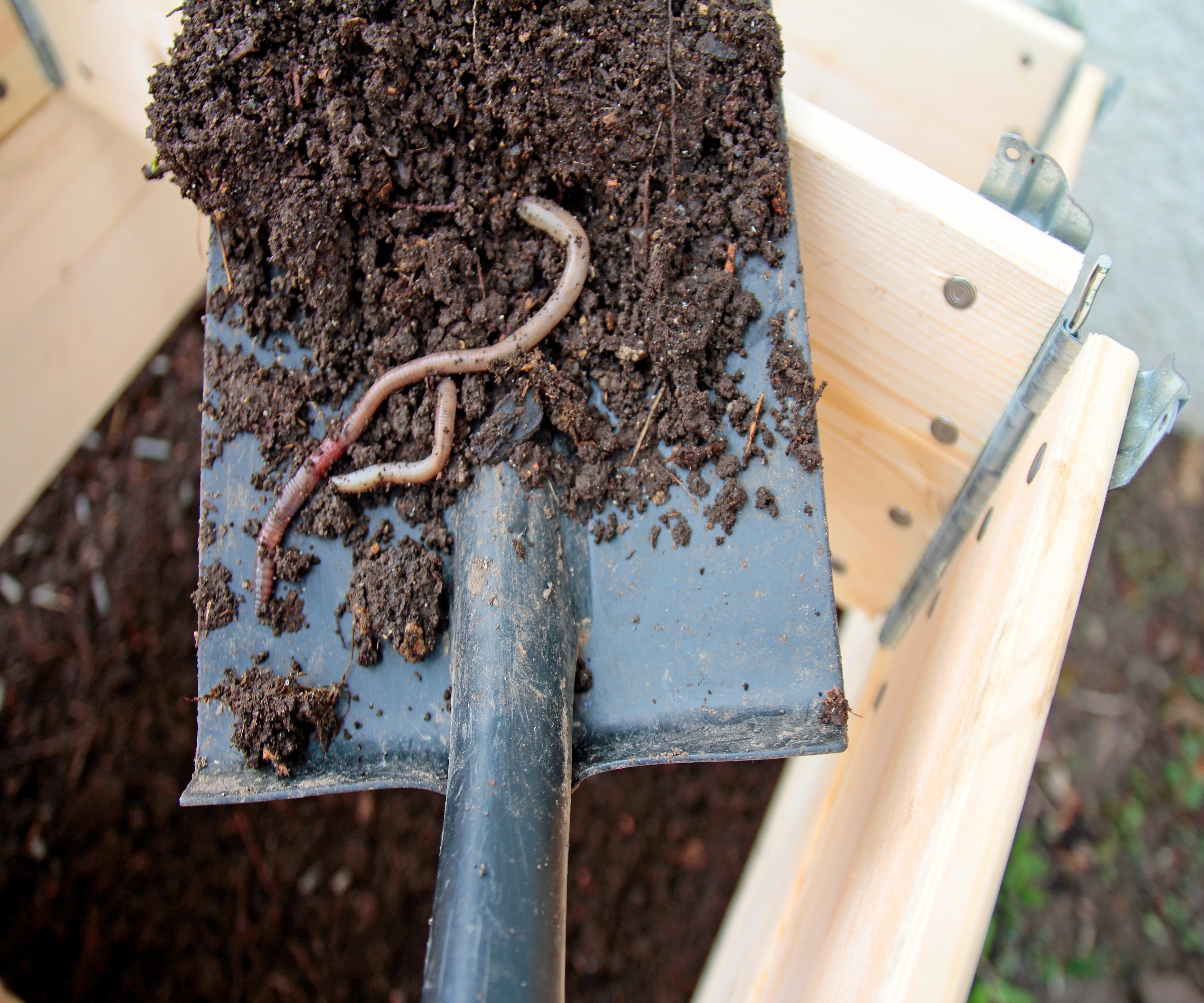
Our next winter composting hack involves some wriggly helpers. If you already use a wormery for compost, your heap will see the benefits as the outdoor temperatures start to drop. Worms help break materials down faster by feeding on them, so consider adding some worms to your pile in winter - this is also known as vermicomposting.
'Worms thrive in controlled environments, making vermicomposting an excellent indoor option for winter,' Lauren says.
One thing to note is you need to maintain a temperature between 50-77°F to keep the worms active. As Charles Dowding's composting tips point out, any higher or lower can kill the worms. It can help to place your wormery under shelter to do this, such as in a garage.
'Feed worms appropriately by chopping food scraps into small pieces and avoiding excessive citrus, meat, or dairy,' Lauren advises.
You can purchase red wigglers from Amazon to add to your compost.
4. Maintain compost moisture levels
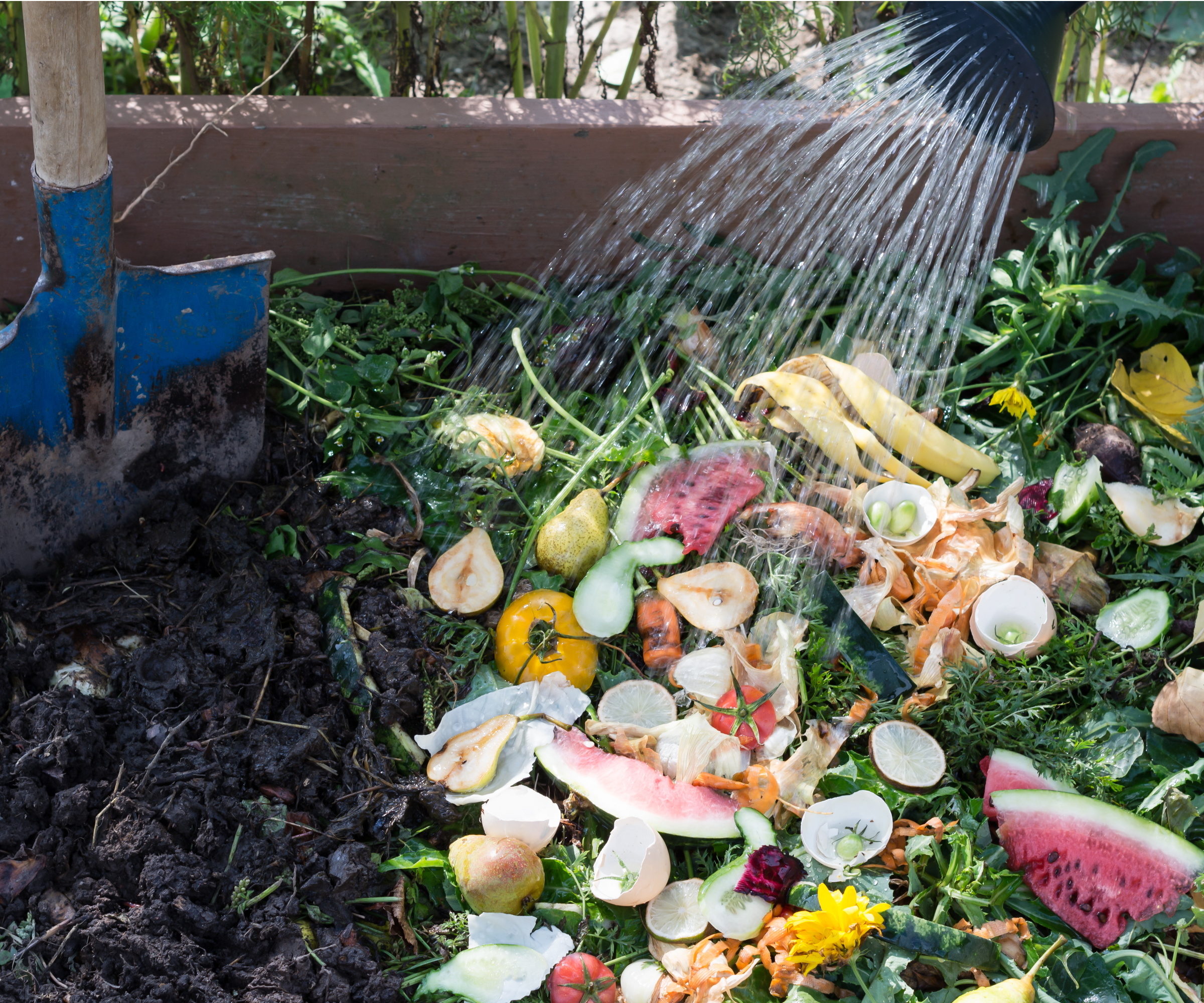
Although excessive moisture is something to avoid in winter, as it can freeze, you don't want your compost drying out either. This will bring decomposition to a halt.
'Turn your compost occasionally and add water if the material feels dry,' Lauren suggests.
You can use this moisture meter from Amazon to assess how wet your compost pile is. If it is leaning towards the drier side, consider taking your hosepipe and adding in some water.
'Don't overwater because you want to avoid ice,' warns Andrew Hargest, founder of CompostClub.

Andrew is the founder of CompostClub, a composting program designed to simplify the composting process for individuals and organizations.
5. Use hot composting techniques
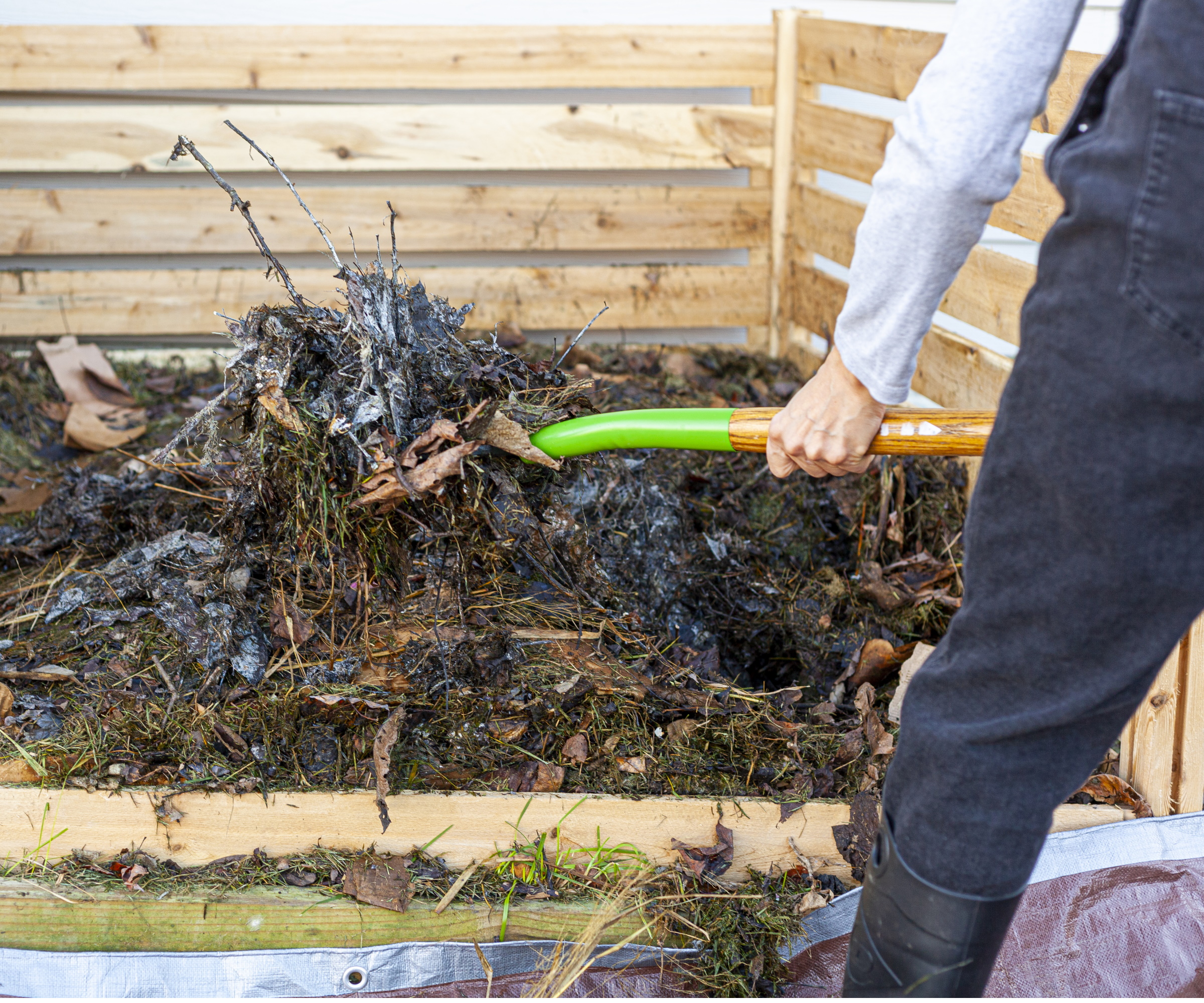
You can do hot composting throughout the year, but it is particularly efficient as a winter composting hack for the obvious reason that it uses heat to break down even the most unusual compost ingredients.
'By closely managing the carbon-to-nitrogen ratio (30:1), turning the pile regularly, and monitoring temperature, you can maintain a hot compost pile even in winter,' Lauren explains.
'Use a compost thermometer (from Amazon) to ensure the pile remains between 135-160°F for efficient decomposition. Make sure not to overload with one type of material - balance greens and browns carefully,' she advises.
FAQs
Where should I place my compost bin in winter?
For best results and to keep your compost heap productive during the coldest months, place your compost bin in the warmest spot of your yard. Try placing it somewhere it will be exposed to daytime sun and use methods of insulation to help your bin retain the heat it captures.
If you're researching winter composting hacks because you're new to composting, you'll be pleased to know that you can start a compost heap at any time of year. Although, many experts recommend starting in spring to make use of warmer temperatures, so you might want to consider holding on until then.

Tenielle is a Gardens Content Editor at Homes & Gardens. She holds a qualification in MA Magazine Journalism and has over six years of journalistic experience. Before coming to Homes & Gardens, Tenielle was in the editorial department at the Royal Horticultural Society and worked on The Garden magazine. As our in-house houseplant expert, Tenielle writes on a range of solutions to houseplant problems, as well as other 'how to' guides, inspiring garden projects, and the latest gardening news. When she isn't writing, Tenielle can be found propagating her ever-growing collection of indoor plants, helping others overcome common houseplant pests and diseases, volunteering at a local gardening club, and attending gardening workshops, like a composting masterclass.